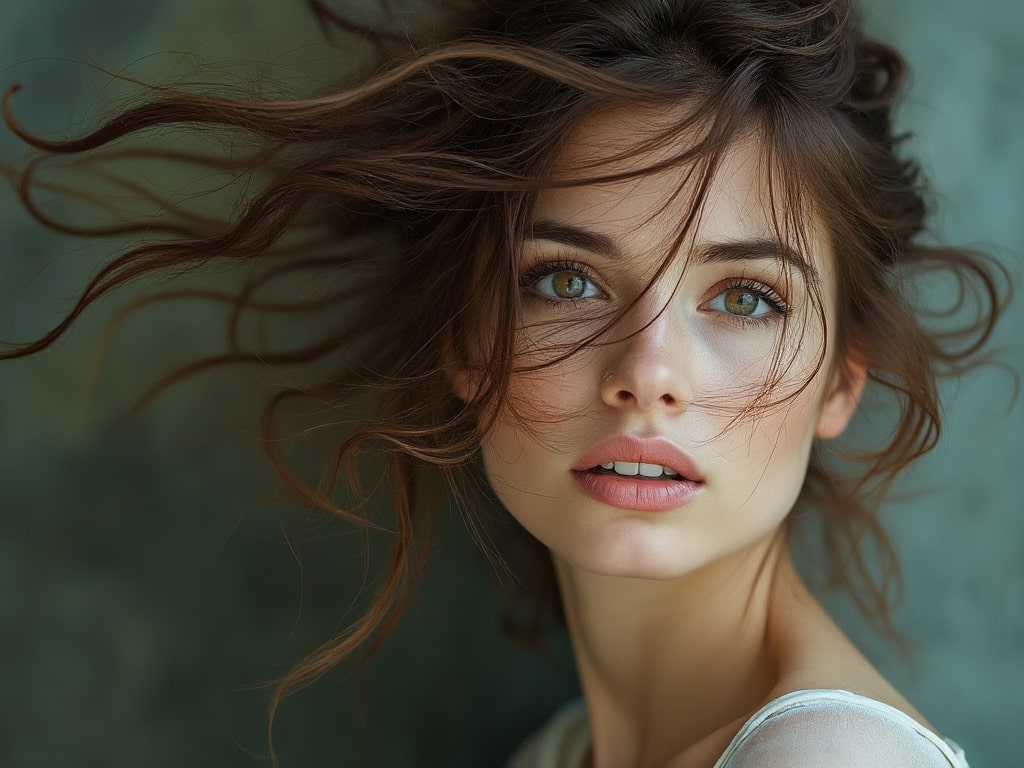
In the era of artificial intelligence, where technology and creativity intersect, Grok 2, developed by xAI, emerges as a unique tool not just for answering questions but also for sparking visual creativity. Here’s how you can leverage Grok 2 to enhance or even create photographs:
1. Understanding Grok 2’s Visual Capabilities
- Image Generation: Grok 2 uses the FLUX.1 model by Black Forest Labs for its image generation capabilities. This model allows Grok 2 to interpret textual descriptions and translate them into visual outputs.
- Conceptualization: Before you start, understand that Grok 2 thrives on creativity and specificity in your descriptions. The clearer your vision, the better Grok 2 can translate your ideas into images.
2. Setting the Scene
- Descriptive Prompts: Start by crafting detailed prompts. Describe the setting, mood, subjects, colors, and any specific elements you want included in the photograph. For example, “A serene forest scene with a misty morning, a small deer peeking from behind an oak tree, sunlight filtering through the fog.”
- Experiment with Styles: Mention if you want the photo to mimic a particular photographic style or era, like “in the style of Ansel Adams” or “with the color palette of a vintage Polaroid.”
3. Engaging with Grok 2
- Ask for Creation: Directly request Grok 2 to generate an image based on your description. An example interaction might be, “Can you create an image of a bustling 1920s New York street scene?”
- Feedback Loop: After receiving an image, give feedback. If something isn’t quite right or if you want alterations, describe the changes. This iterative process helps refine the image closer to your vision.
4. Creative Applications
- Artistic Projects: Use Grok 2 for conceptual art where you might need to visualize an idea that’s difficult or costly to capture in real life.
- Marketing and Design: Generate mock-ups for products, scenes for advertisements, or backgrounds for digital designs.
- Education and Learning: Create illustrative images for educational content, historical reenactments, or scientific visualizations which might not be readily available.
5. Ethical Considerations
- Originality: While Grok 2 can generate images, ensure you’re using these creations ethically, especially in commercial contexts. Always aim for originality or give credit where inspiration or direct styles are borrowed.
- Privacy: Avoid generating images that could infringe on privacy or copyrights. For instance, don’t ask Grok 2 to recreate a celebrity or a copyrighted artwork without permission.
6. Technical Tips
- Resolution and Quality: Understand the limitations of the image quality. FLUX.1 might not produce ultra-high-resolution images suitable for large format printing, but they are excellent for digital use or concept visualization.
- Iterative Refinement: If the initial image isn’t what you expected, don’t be discouraged. Use more specific or different descriptors in your next attempt.
Grok 2 offers a playground for photographers, designers, and anyone interested in visual arts to explore beyond the confines of traditional photography. By mastering how to communicate your vision through text, you can harness AI to not only assist but also inspire your photographic projects. Remember, the key to getting the most out of Grok 2 lies in the specificity of your descriptions, your willingness to engage with the tool iteratively, and a dash of creative curiosity. Happy creating!